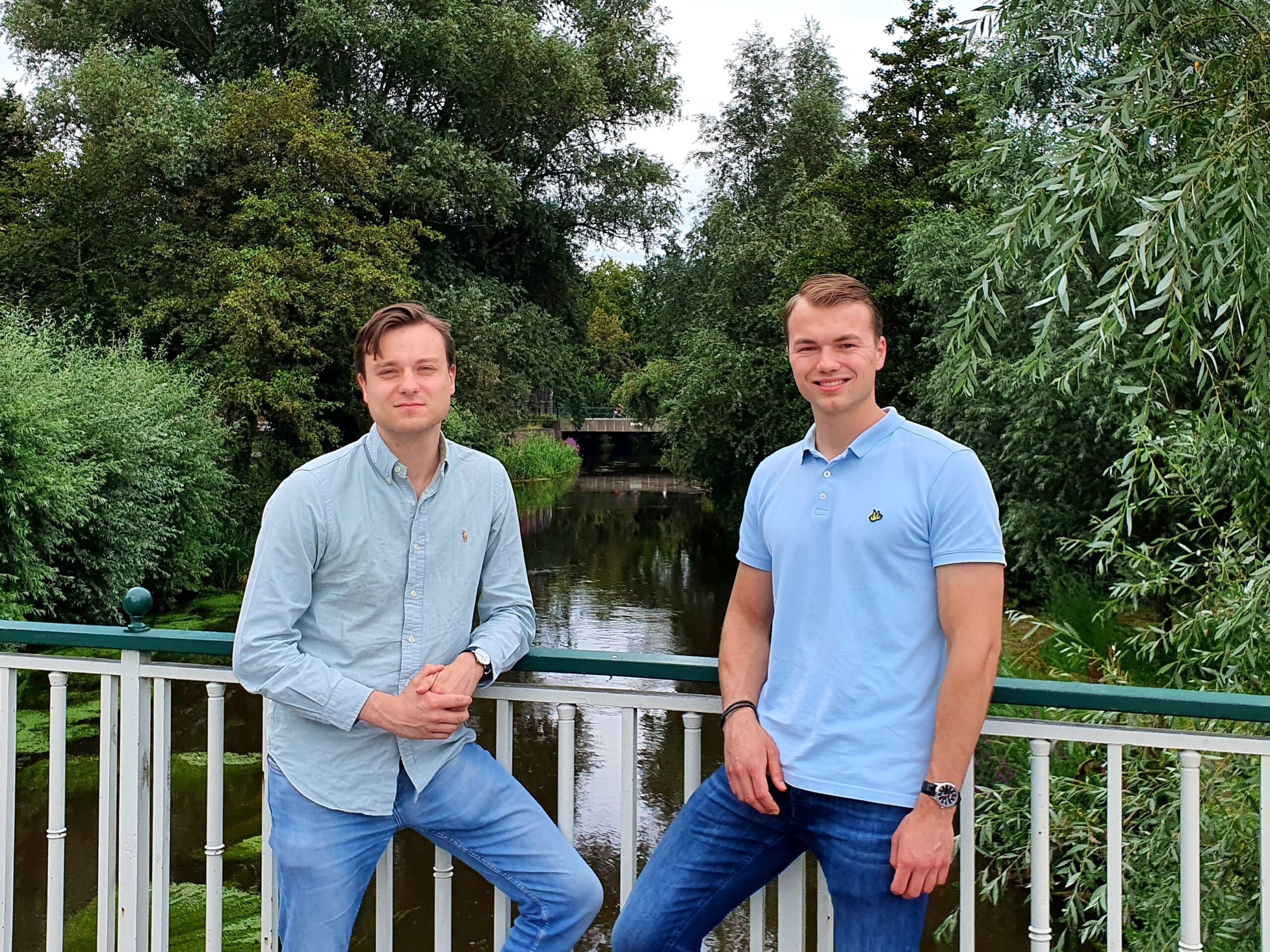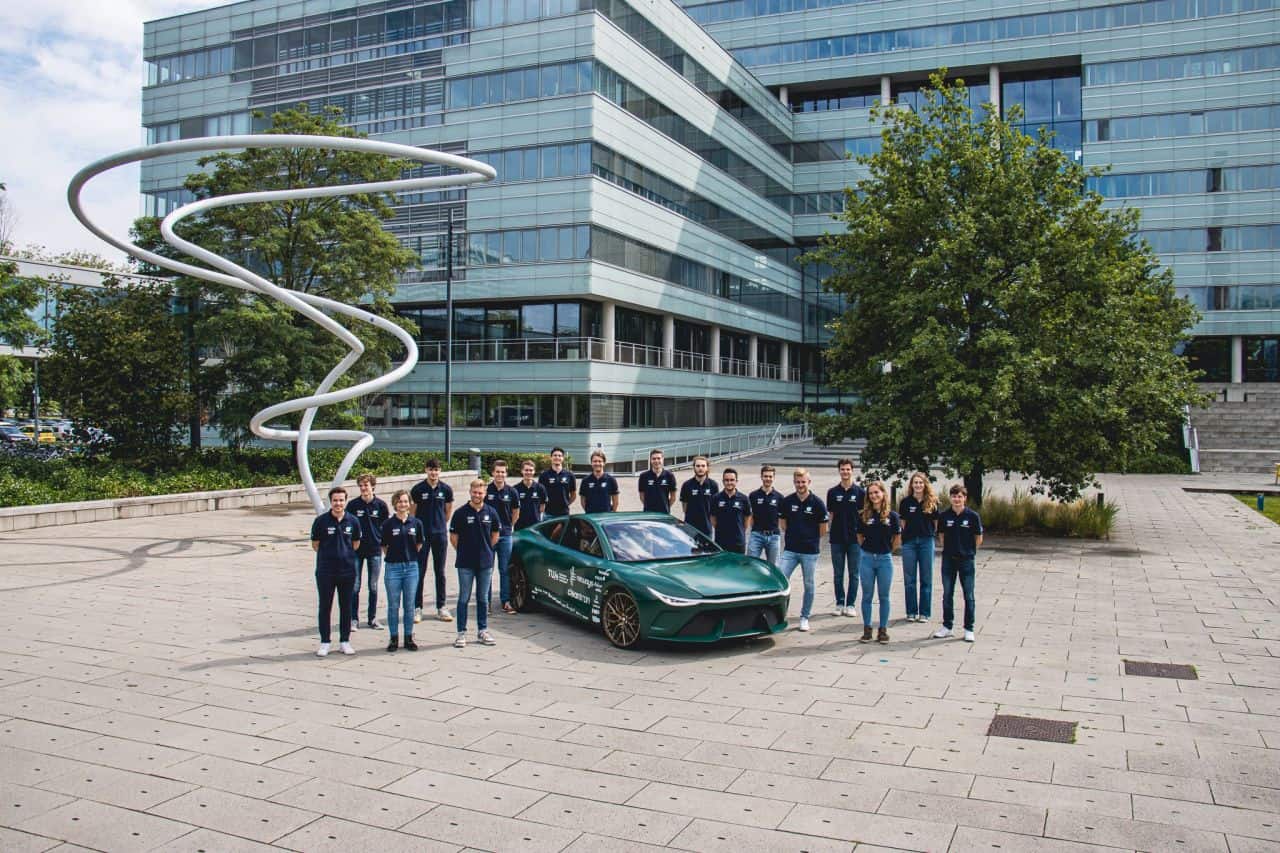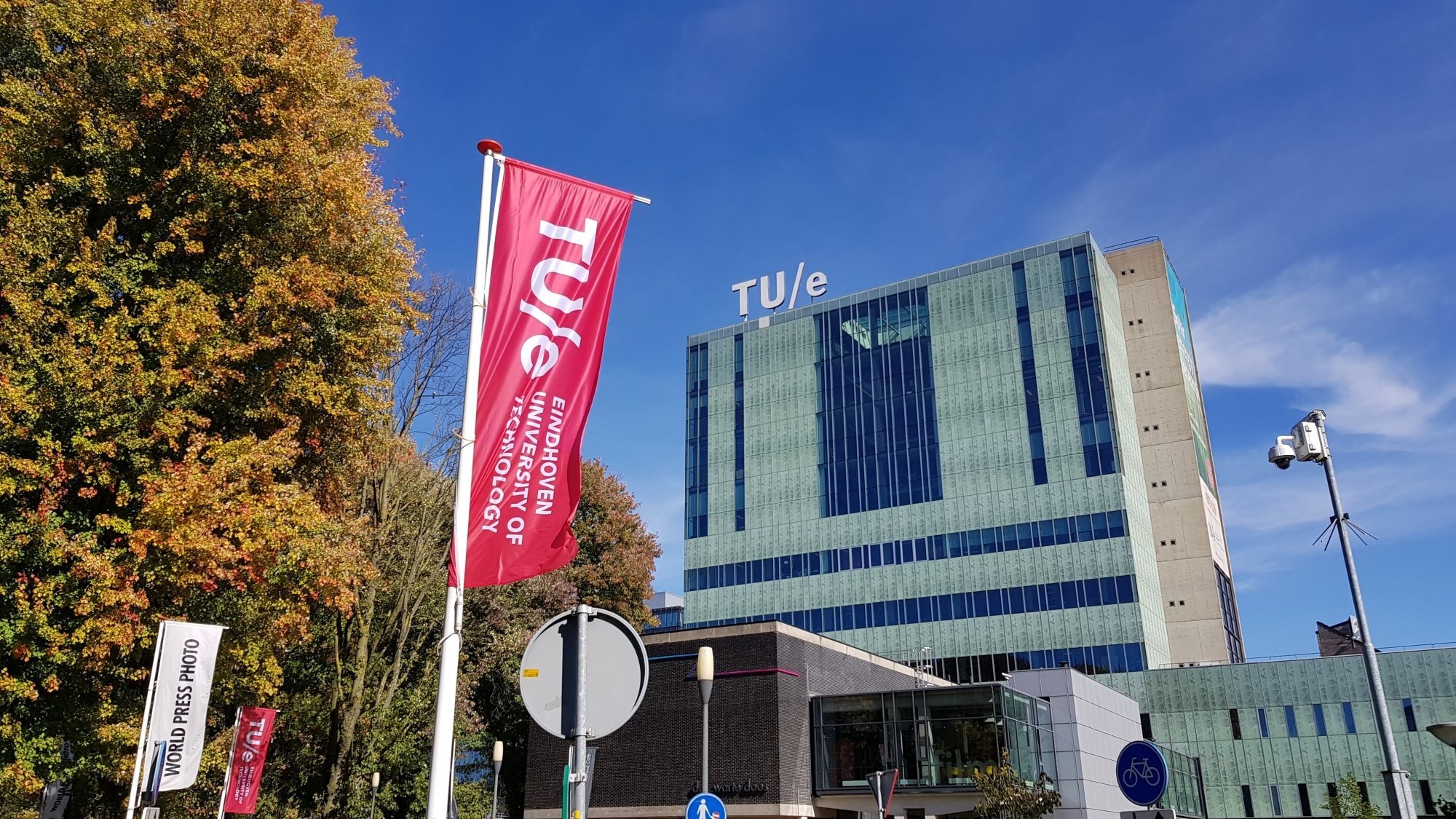
The Dutch TU Eindhoven student team KEBL has come up with some handy rechargeable lights so that you never have to cycle without lights again. Last year, they won the ASML Maker Award during the TU/e Contest. At the end of August, the team expects to present a next prototype that looks completely different from the first one. The students hope to find a partner so that they can actually start manufacturing the lights.
The idea for the easy-to-carry and easy-to-charge lights came about during one of the courses of the Innovation Management master’s program, Management of New Product Development. “We had the best idea of all the groups,” says Kenny Koelman, president of KEBL. The team joined TU/e innovation Space and explored whether there would be a market for their idea. “There is. One third of Dutch cyclists sometimes cycle without bicycle lights. We often see that on the street, people cycling without lights, that’s dangerous.”
In the store
Since winning the ASML Makers Award, they have been working hard on the design, and the team changed tack too. Initially, the students wanted to sell the lights as promotional gifts. But now they want to see the product stocked on the shelves of stores. “Our market research indicated that it would not be profitable to sell the KEBL as a promotional gift. The market is too small so we cannot use the economies of scale enough to bring the price down,” Koelman said.
“After we won the ASML Makers Award, meetings with professionals within ASML soon followed. They helped us to fine-tune the electronics further.” The idea of a corporate gift was gradually put to one side, Koelman went on to say. “We want to sell the product directly to consumers and we can envision a sizeable market for this.” At present, the team lacks the means to go to market. That is why it is looking for a partner to produce the product together with the students.
During their development process, KEBL received help from people from the business world. Last December, the team applied for the GURU program, which innovation Space organizes. In this program, people from the business community and industry guide students in the further development of their idea. These were Jacques van Rooij, a retired entrepreneur who was active in the bicycle market, and designer of exclusive designer lighting, Louis Verbeek.
Eye-catching
“Louis Verbeek could see a market in it. Although he did say that we had to make our design more eye-catching. Otherwise, people will go for the design from the competition. We have got to stand out with our design.” Verbeek helped the students with the steps they needed to take to come up with a unique design.
In the past, the team always published photos of a new design online. “To show what we were working on. But now that we want to transfer to a new partner, we are not going to just release that design.” Once the new design is completely finished, the students will apply for a industrial design right. “If that’s approved, then we’ll publish the images.”
One of the design challenges was the level of thickness, Koelman says. “You have to be able to slip it into your pocket easily. All of the components have to fit in there too. Moreover, the lamps must be able to be connected to each other. You can make one thin light, but to make two that are attached to each other, this is a lot more difficult to do.”
No sharp corners
Different shapes were tried and tested out on potential users. Although that was a bit more tricky during corona, says Paul van Diessen, responsible for marketing and promotion within the team. So, the designs were mainly presented to family and friends. “We had printed three different shapes in 3D. We asked friends and family what they thought of them. Then we developed the design further into the form that we are now putting the finishing touches to.” In addition to the product needing to be thin, the convexity is also key, he notes. “You don’t want to have any sharp corners in your pocket.”
For Van Diessen, KEBL is a continuous learning process. “Especially now that we’ve gotten some additional input again from experts like Louis Verbeek and Jacques van Rooij.” Among other things, Verbeek taught the team to stick to a program of requirements, e.g. which level of brightness, which batteries, what kind of shape should it fit inside? Van Diessen: “Sometimes you have to make concessions, because then a component doesn’t fit. Then you go for a solution that will fit another type of component.”
Van Rooij also advised the students that a product does not have to be production-ready before you approach any partners that you want to manufacture it with. “Because there will undoubtedly be some modifications made in conjunction with the other party. So that you can properly put the product into production.”
All the available know-how
The change to the new design did take some people in the team “some time to get used to,” Van Diessen recalls. “Some were also quite attached to the old design. In the end, the tests carried out with the potential users convinced the whole team.”
Koelman: “The technicians in our team know a great deal and want to put everything they can into the product to improve it. But you also have to make the trade-off at some point between how much time will it cost if you perfect the product further and what that will actually yield? We have to keep in mind that it is a bike light. It shouldn’t cost a lot of money. We could then incorporate an advanced wireless charging mechanism into it, but that would entail a lot of additional costs.”
By the end of August, Koelman hopes to share the prototype with the world and in doing so, look for a party to fabricate it together with the team. ” We don’t know yet how and in what form. We are open to all opportunities for collaboration.”








